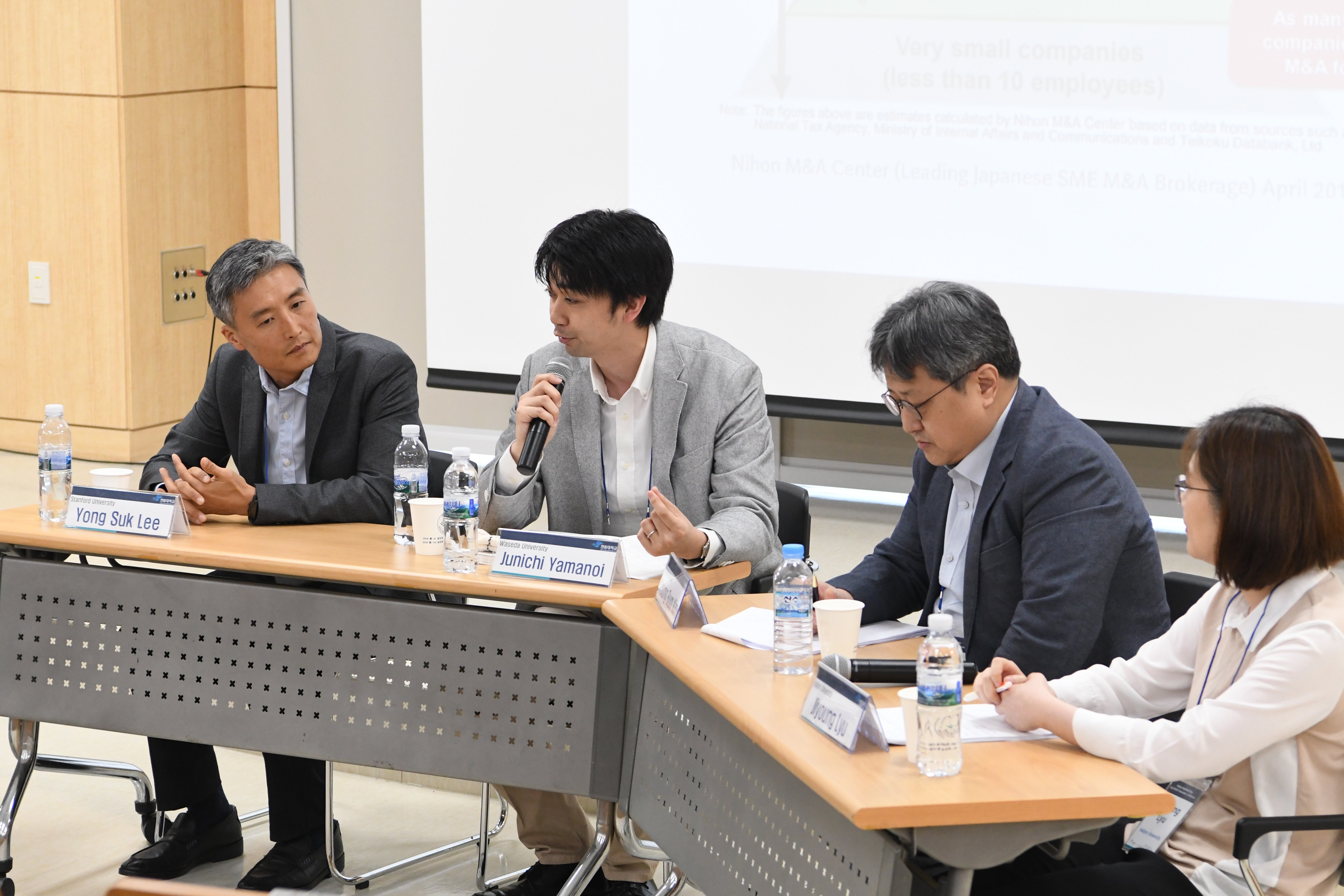The Pitfalls of Outsourcing Public Welfare & Healthcare
When it comes to rooting out wasteful spending in federal entitlement programs, attention has long focused on preventing beneficiaries from gaming the system.
A new Stanford study identifies a fresh cause for concern: the for-profit companies that the U.S. government increasingly tasks with providing benefits to Americans who are often poor, elderly or both.
In a new working paper, Maria Polyakova, an assistant professor of medicine, finds that outsourcing public assistance services to third parties can lead to unanticipated effects on prices as well as on which beneficiaries gain the most from public dollars.
That’s because companies are in the business of making money. And when they know which of their consumers are likely to get certain levels of public support, they will try to use this information to maximize their profits, according to the research published this week by the National Bureau of Economic Research.
Polyakova shows that when companies act in their self-interest, unforeseen inequities and inefficiencies can arise that may hurt some consumers while helping others. At a time when governments in the United States and around the world are increasingly turning to the private sector to provide public benefits — namely in health care and in education — Polyakova says policymakers need to better understand how these intermediaries are affecting welfare programs.
“Policymakers have to be more careful about introducing intermediaries into public services,” says Polyakova, who is a faculty fellow at the Stanford Institute for Economic Policy Research (SIEPR), and teaches at the Stanford School of Medicine. She is also a core faculty member of Stanford Health Policy. “They may want to revisit how they think about outsourcing when research is showing that there are unintended consequences that may be positive or negative.”
Health Insurance Pricing under the Microscope
Intermediaries are central to a number of public services where the U.S. government provides subsidies to consumers, often based on income, age or employment status. Prominent examples include privately-managed Medicare Advantage Plans, drug benefits under Medicare Plan D, and charter schools in secondary education.
According to Polyakova, most research into wasteful spending within government subsidies has focused on consumers and how they try to trick the system by, for example, hiding income to qualify for a tax credit or cash assistance. Governments, though imperfect, have long been seen as benign players.
The increasing involvement of for-profit companies, she says, shows there’s a need to closely examine what’s happening on the supply side of public welfare.
To do that, Polyakova found an ideal setting: the federal health insurance marketplace created by the Affordable Care Act of 2010. Most consumers who shop for coverage through www.healthcare.gov receive a subsidy in the form of a tax credit that covers all or part of their insurance premium. The amount of their tax credit is tied to their household income.
The dollars at stake are significant. The Congressional Budget Office estimates that in 2019 the federal government will pay $560 billion in subsidies for privately-provided health insurance, including the spending on the Affordable Care Act marketplaces as well as other similarly designed programs. That figure is expected to hit $1.2 trillion over the next decade.
The Neighborhood Effect
Polyakova and her co-author — Stephen Ryan of Washington University’s Olin Business School — analyzed data from 2017 covering more than 9 million enrollees across some 2,570 counties around the country. They find that the presence of an intermediary significantly impacts insurance prices and key measures economists use to calculate the effects of a policy beyond a given benefit’s face value.
Specifically, they show that health insurance companies will have an incentive to raise premiums in markets where more consumers receive the higher tax credit because their incomes are low and the government is required to subsidize them.
On the flip side, insurers will charge lower prices in places where such subsidized consumers are less willing to buy coverage if they think it costs too much.
To illustrate the unintended consequences of the insurers’ actions, the researchers point out that, in the first instance where prices increase, consumers with incomes that are slightly higher than other community members will end up paying more for the same coverage. Under the second scenario, consumers who don’t qualify for the tax credit because their incomes are too high benefit from the lower premiums aimed at nearby residents.
“The price you pay for insurance will depend on who your neighbors are,” says Polyakova. “If you live near people who are poorer than you, you will be affected differently than if you live near people who are richer than you.”
Change the subsidy, change the calculation
Like with financial aid, tax credits for insurance coverage are calculated based on consumer income. But there is another type of subsidy that policymakers could use — flat vouchers, in which all members of a market receive the same benefit regardless of income, age or some other characteristic. For their research, Polyakova and Ryan also analyze how flat vouchers that only vary by age, but not by income, would hypothetically alter private health insurance prices in the federal Affordable Care Act marketplace.
Here, too, the scholars find different impacts on different types of consumers whether the subsidy is based on income or delivered as a flat voucher.
The analyses, says Polyakova, drive home the point that policymakers need to understand that there are trade-offs to relying on for-profit companies to provide government services and that the type of subsidy offered can alter how they calculate prices in disparate ways.
“There’s nothing wrong with companies trying to maximize their profits,” says Polyakova. “But sophisticated policymakers need to understand what happens when private markets get involved.”




